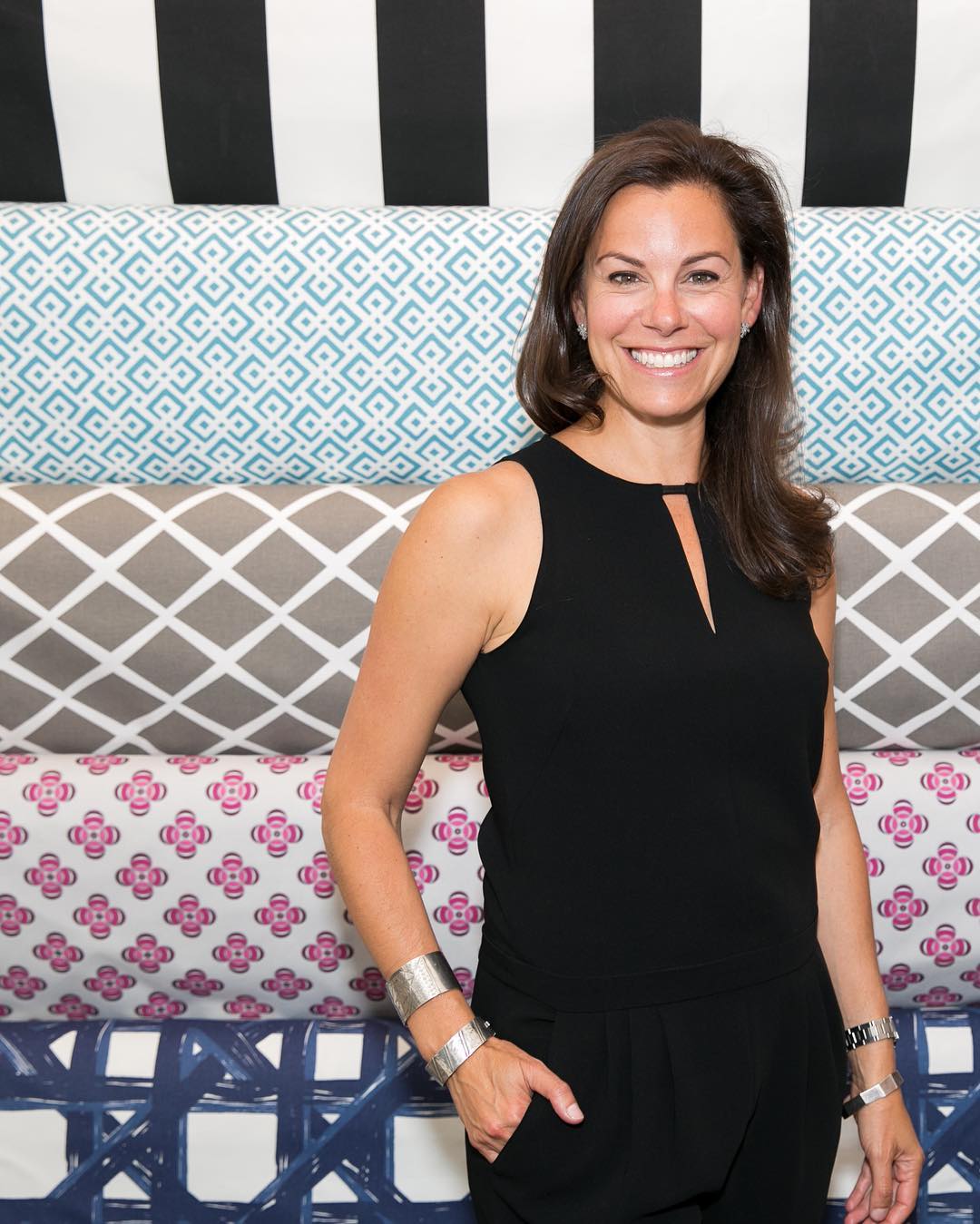By Christina Hennessy
The Stamford Advocate, Conn.
WWR Article Summary (tl;dr) Serena Dugan and Lily Kanter, founders of the upscale lifestyle and home decor business “Serena & Lily” really take their design ideas seriously…from the inside out. In Wesport, Connecticut they are opening a new store but this one is unique. They are restoring a nearly 130 year old Queen Anne Victorian where they will showcase their fabulous interior design projects and ideas.
The Stamford Advocate
As Serena Dugan leans against the door frame, her eyes take a sweep of the expansive foyer. To her left is a vestige of a time gone by, to her right is a scene of modern interior design. It is by happenstance that she is positioned in the center, but it is an apt placement for this California-based entrepreneur.
Recently, the upscale lifestyle and home décor business she co-founded with Lily Kanter, Serena & Lily, opened in Westport. It comes after a year of renovations transforming the 1889 Kemper-Gunn House, a nearly 130-year-old Queen Anne Victorian, into a contemporary showcase.
The company’s products, from accents to furniture, are featured in a show-house setting throughout three floors. Dugan, the chief design officer, was inspired by the challenge of bringing two eras together.
“I was curious about a historic Queen Anne Victorian, not so much in how we could restore it to its former luster, but update it in a way that is the new modern. Modern doesn’t honor this architecture, but Serena & Lily’s update, or infusion, or incorporation into this house was an intriguing idea. I loved the idea of that softer California edge redefining historical,” she says.
A hand-carved staircase, window casings and stained-glass windows inside the building were spared. The facade was not changed, save for a new paint job. The elements within signal subtle shifts in creating a fresh look on classic design. The brand’s Tucker chairs, a spin on the staid Windsor chair, are created with a more petite profile and come in colors that pop. They are even employed to create a kitchen art installation in the store, a modern peg-rail storage solution that updates Shaker simplicity.
While the West Coast was the initial inspiration, the company sees an easy transition to the East Coast. Colors and patterns are as pleasing to eyes that look over Long Island Sound as to those who view the Pacific Ocean. The trick is providing enough inspirations — there are 300 swatches in the store’s second-floor design shop — to create custom bedding, upholstery, carpeting and window treatments. “It’s like a candy store,” says Aaron Mutscheller, chief brand officer, of the design shop, which boasts rows and rows of original design swatches. “It depends on how adventurous you want to be.”
The brand carries with it a sense of whimsy. A colonial-style fireplace looks modern under a mantle of modern, abstract art.
Those in the business of preserving homes say there is more interest in teaming preservation with contemporary design, whether for personal preference or practicality. There are more than 1,500 historic homes in Westport. Establishing an open floor plan in an old home is an interesting challenge, and can pay off in an entirely custom look, says Jud Aley, owner of the Westport-based building contracting firm R.J. Aley. “When you are working with an existing footprint, it is my personal feeling that you may end up with a new house inside, but you have more character than a house built from the ground up. It forces the architect to be a bit more creative in design, which leads to more interesting spaces and unique solutions.”
Looking for those idiosyncratic combinations is an adventure that Dugan enjoys. Serena & Lily has opened stores in Los Angeles, San Francisco and Wainscott, N.Y., each different from the others. “Every region has its own dialect, and it’s almost a design challenge and intriguing for us to merge our brand and our fundamental sensibility with the aesthetic of a region or an area,” she says.
Exploring Westport, she found a common thread in the care people took in their homes, a “tastefulness” that transcended era or style. Here, the company will see how the blend of California casual with classic New England sensibilities creates a whole new dialect. It starts with product design and ends with how the customer uses it in his or her home.
“Everyone sees something of him or herself in what they buy. That is why I design; it’s not just my need to express myself, but knowing those ingredients make someone happy and allows them to express themselves is joyous.”














































































































































































































































































































































































